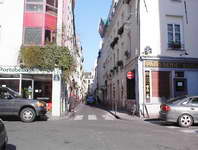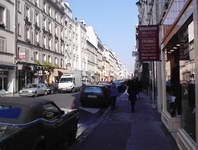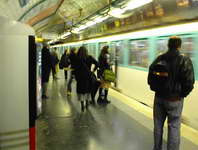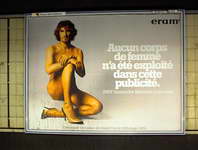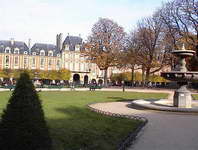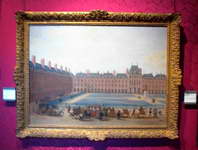Carnavalet, Musée
The painting shown above is housed in the Musée Carnavalet, which is just southeast of the Musée Picasso. This museum focuses on the history of Paris. It contains a stone artifact (photo 1) from Pont Neuf. This bridge was once the newest in Paris, but now it is the oldest! In addition to paintings, the museum contains “rooms” that portray how the upper class lived at that time. These rooms are populated by various items that have been donated to the museum. Two rooms I liked are the Louis XVI room (photos 2, 3) and the Philosopher's room (photo 4). This room is so called because it is dedicated to Rouseau and Voltaire.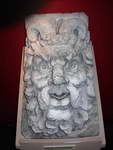
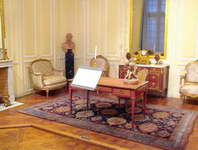
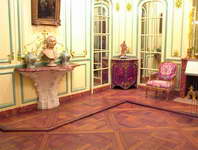
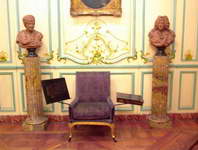
Conciergerie
Next to the Chapelle there is the Conciergerie (photo 3). I was not able to make a tour because a strike (greve) was in progress. La Conciergerie was built 1285-1341 as part of the original Royal Palace. In 1391 the royal family moved to the Louvre and the building became part of the King's concierge (caretaker). He turned the basement into the first Paris prison and it remained a prison for the next 500 years. Its most famous prisoner was Marie-Antoinette who was eventually taken to La Place de la Concorde where she was guillotined. La Conciergerie holds a recreation of Marie's cell. It is not on the site of her real cell, that was converted to the Marie-Antoinette Chapel.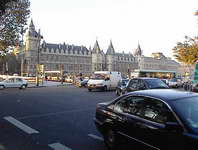

Duquesne Eiffle Hotel
During my second trip to Paris, I stayed at the Duquesne Eiffle Hotel. It was in a great location, only a short distance from the Eiffel Tower. The eating area was in the basement.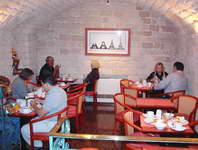
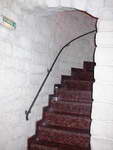
Hotel d'Invalides
Continuing toute droit (straight ahead), you come to a long mall, at the end of which is the Hotel d'Invalides. This was built in 1670 by Louis XIV to improve the lot of the soldiers, but it also helped to clear the streets of the riffraff who were causing problems. Louis thought the whole structure lacked grandeur; he therefore had a chapel added exclusively for the royal patron of the hospital. The hotel had only taken 3 years to build, but the chapel took 30 to complete. During the revolution, the building was somewhat damaged and the chapel became a temple to Mars. Under Napoleon I, it was returned to the Catholic Church. When the Emperor's ashes came back to France in 1840 they were put in a crypt in the Chapel where they remain to this day.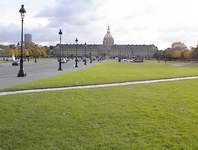
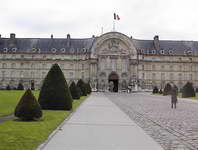
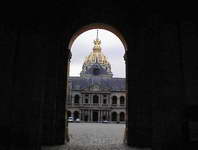
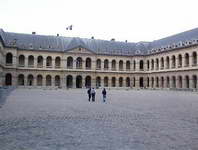




Monet Museum (Musée Mamatton Monet)
This is on the outskirts of



Opéra de Paris Garnier
The Opera House was built for Napoleon III from a design submitted by Charles Garnier in 1860. The construction took 15 years and before it was completed, Napoleon III was no longer in power. It would have cost over a billion dollars to build in terms of today's money.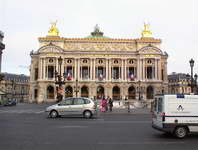
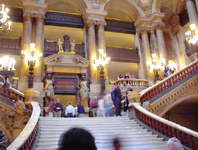
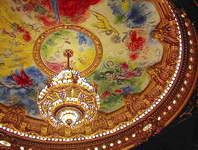
Paris at Night
Paris being known as the City of Lights, I would be remiss if I didn't give you a few night shots. Notre Dame can be seen in photo 1 and the Eiffel Tower in photo 2.
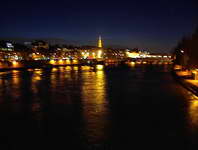
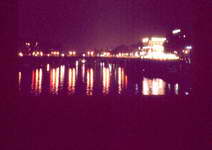
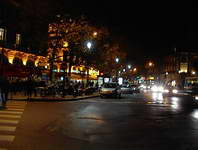
Pont d'Alexandre III
This web page takes you on a long walk from the Place de Concorde, across the Seine via the Pont d'Alexandre III, to the Hotel d'Invalides, thence the Rodin Museum, and finishing at the Eiffel Tower. This is quite a walk, so it is OK to cheat and take the metro now and then.From the Place de Concorde, head west (downstream) along the Seine. The first bridge you come to is the Pont d'Alexandre III which has ornate decorations.

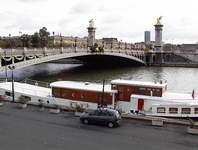
Seine Boat Cruise
As part of the package deal during my second trip to Paris, I went on a boat cruise along the Seine. Photo 1 implies that we had a great meal. Photo 2 shows that Paris also has a Statue of Liberty. This smaller one as well as our big Statue of Liberty were both designed by Eiffle. The last photo shows that Paris has a modern part too, but fortunately it is separated from the historic center of the city.
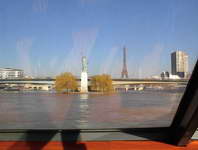
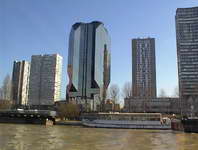
Sainte Chapelle
Sainte Chapelle was build as part of the Conciergerie to house what was believed to be relics of the Crucifixion (the crown of thorns). It is no longer used for religious ceremonies, but is popular with sightseers and is also used for concerts. The stained glass windows are very impressive.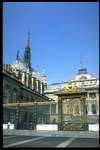

St. Germain du Pres
Not far from the Jardin du Luxembourg, is the high rent art district of St. Germain du Pres. By high rent district, I mean the struggling artists can't afford to have their works shown here. From the Ile de la Cité, cross the bridge to the Rive Gauche (facing the Seine's downstream, Rive Gauche is on your left), come to Boulevard Saint Germain, and turn right. Walking along this street is an artsy treat.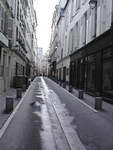
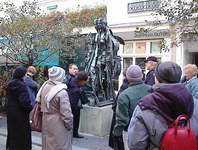
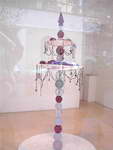
Saint-Louis Island
These three photos were taken walking along the Seine, approaching Ile Saint-Louis. Behind this island can be seen Notre Dame. which sits on Ile de la Cite. This is where Paris was first developed since the river formed a natural barrier to attackers.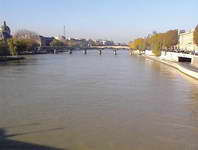
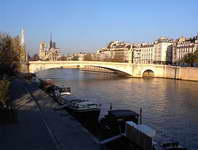

Sorbonne
The Sorbonne (photo 1) is next to Musée de Cluny.The Musée National du Moyen-Age Thermes de Cluny is comprised of two important sites. One is a 15th century Gothic mansion containing a wide selection of medieval art, as well as a collection of original sculptures from the facade of Notre Dame. Next to the mansion are 3rd century Gallic-Roman baths, including a ``Frigidarium'' (cold room). The second photo shows a the remains of the Roman bath, one of the oldest artifacts in Paris.
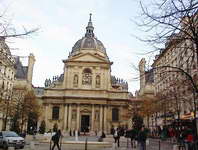
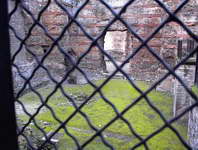
Street Scenes
The first two photos show a couple of typical Paris streets. Photo 3 is of the Metro. And photo 4 was taken at a train station.